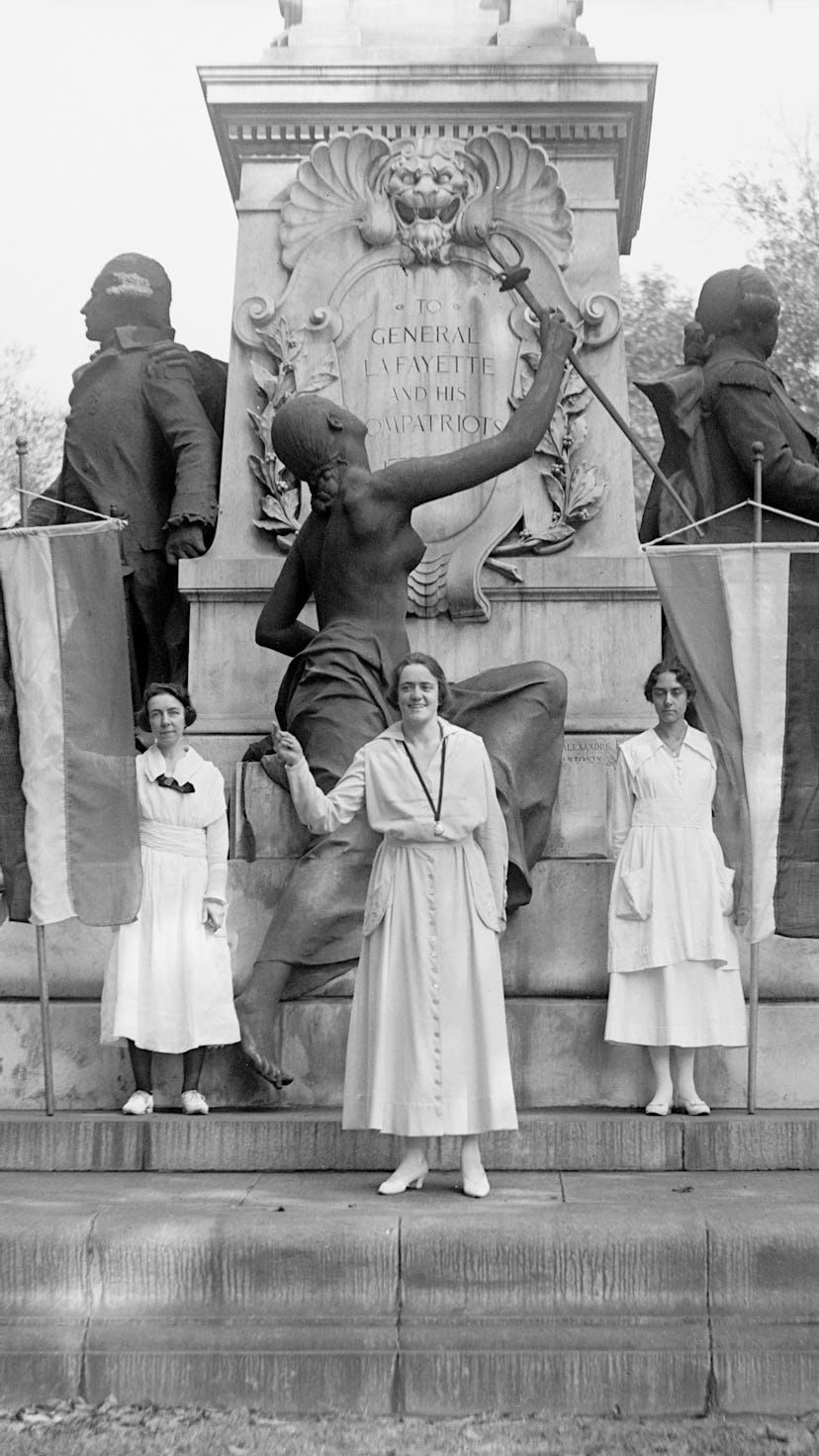Photo 12/Universal Images Group/Getty Images
1848: Elizabeth Cady Stanton writes the Declaration Of Sentiments, making 11 demands for women’s equality, and presents it at the Women’s Convention at Seneca Falls. This is now seen as the start of the women’s suffrage movement in the U.S.
Kean Collection/Archive Photos/Getty Images
1848: One of the signers of the Declaration, Quaker and social reformer Lucretia Mott, spends the summer with the Seneca Nation, a society where women have a lot of political power. Historians believe this influenced her fight for the right to vote.
Education Images/Universal Images Group/Getty Images
1851: Sojourner Truth, an abolitionist and women’s rights advocate born into slavery, speaks at the Women’s Rights Convention in Akron, Ohio. While this is now famous as the “Ain’t I A Woman?” speech, it’s debated whether Truth ever actually said that phrase.
Ken Florey Suffrage Collection/Gado/Archive Photos/Getty Images
1869: Wyoming is the first American territory to allow women to vote, followed by Utah in 1870 and Nevada in 1871.
Ken Florey Suffrage Collection/Gado/Archive Photos/Getty Images
1872: Activists including Sojourner Truth and Susan B. Anthony try to vote in the presidential election. Anthony casts a ballot, but gets arrested; Truth is turned away from the polling station.
FPG/Archive Photos/Getty Images
1878: The bill that will become the 19th Amendment is first presented in Congress.
R. Gates/Hulton Archive/Getty Images
1896: Journalist Ida B. Wells, intellectual Frances Harper, and academic and activist Mary Church Terrell create the National Association of Colored Women’s Clubs, which campaigns to give women of color equal rights to white women.
Ken Florey Suffrage Collection/Gado/Archive Photos/Getty Images
1913: A suffrage march of thousands of people dressed in white is held in New York City. Despite attempts by organizers to segregate Black women to the back of the parade, activists like Ida B. Wells lobby for them to march with everyone else, under their state banners.
Bettmann/Bettmann/Getty Images
1917: Montana’s Jeanette Rankin, the first woman ever to be elected to Congress, takes her seat in the House of Representatives. (Women had been elected to state legislatures since 1894.) She leads a debate in Congress on women’s suffrage in 1918, but her resolution is defeated.
Ken Florey Suffrage Collection/Gado/Archive Photos/Getty Images
1917: The National Woman’s Party starts a daily vigil at the White House demanding the vote. The protesters are imprisoned, and force-fed when they attempt a hunger strike. News of their treatment in prison causes a national scandal.
Universal History Archive/Universal Images Group/Getty Images
1918: President Woodrow Wilson supports the Amendment. It passes the House of Representatives, but despite Wilson’s appeal to the Senate, it fails there. Undaunted, its supporters draw up plans for another attempt.
MediaNews Group/Oakland Tribune via Getty Images/MediaNews Group/Getty Images
1919: The 19th Amendment is officially passed by the House of Representatives and by the Senate.
Hulton Deutsch/Corbis Historical/Getty Images
1920: The 19th Amendment is ratified to the Constitution, after agreement by three-quarters of states. While all women now had the legal right to vote, women of color would face decades of voter suppression that goes on today.
